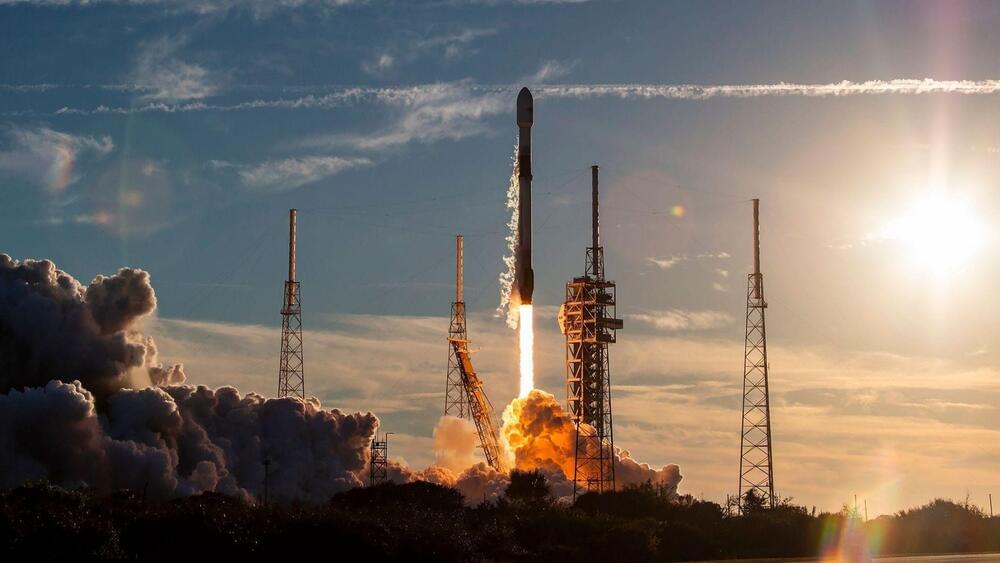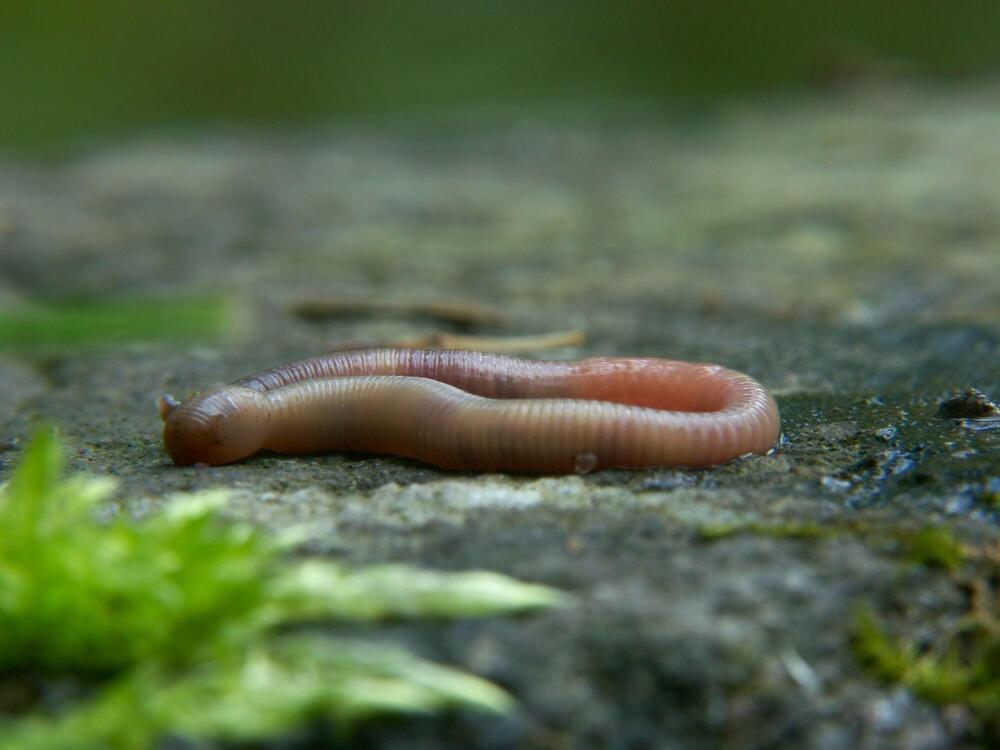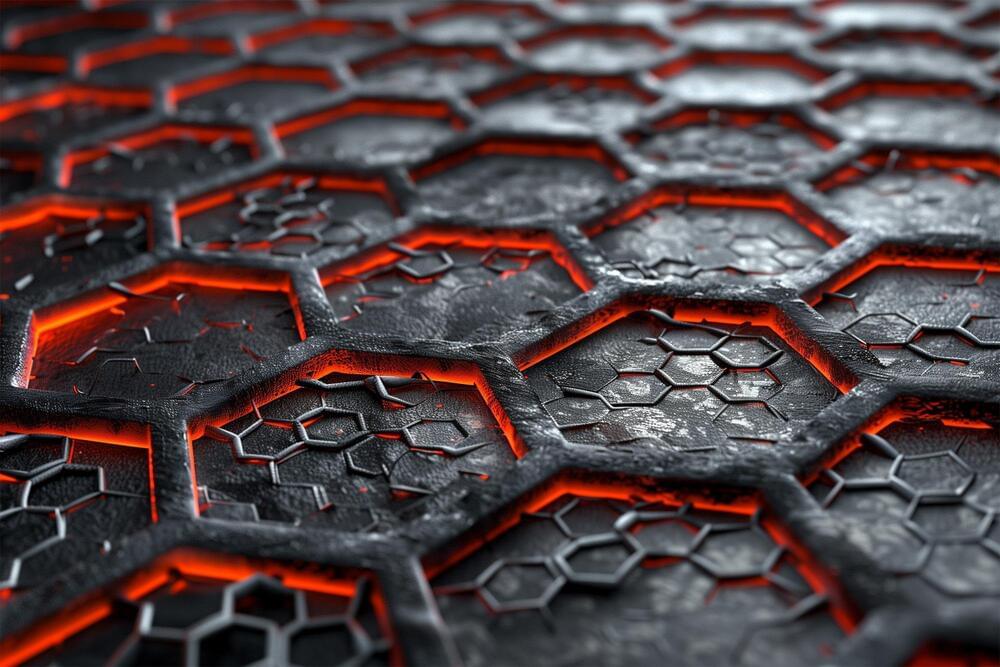Sabine Hossenfelder and Bernardo Kastrup have a theolocution on superdeterminism and free variables.
Sponsors: https://brilliant.org/TOE for 20% off. For Algo’s podcast / @algopodcast and website https://www.algo.com/.
Patreon: / curtjaimungal.
Crypto: https://tinyurl.com/cryptoTOE
PayPal: https://tinyurl.com/paypalTOE
Twitter: / toewithcurt.
Discord Invite: / discord.
iTunes: https://podcasts.apple.com/ca/podcast…
Pandora: https://pdora.co/33b9lfP
Spotify: https://open.spotify.com/show/4gL14b9…
Subreddit r/TheoriesOfEverything: / theoriesofeverything.
Merch: https://tinyurl.com/TOEmerch.
LINKS MENTIONED:
–Sabine Hossefelder’s YouTube: / sabinehossenfelder.
–Testing Superdeterminism: https://arxiv.org/abs/1401.0286 / https://arxiv.org/abs/1105.4326
–Other Superdeterminism articles: https://arxiv.org/abs/2109.02676 / https://arxiv.org/abs/2010.01327
–Decoherence article: https://arxiv.org/abs/1911.06282
–Bernardo Kastrup’s website: https://www.bernardokastrup.com/
–No Go Theorem on Wigner: https://www.nature.com/articles/s4156…
–Making Sense of the Mental Universe\r by Kastrup: http://ispcjournal.org/journals/2017-…
LINKS NOT MENTIONED BUT PERTINENT:
(Bernardo Kastrup recommends the below)
Papers indicating that physical realism is untrue and refuting classes of hidden variables theories:
–https://arxiv.org/abs/1712.01826
–https://www.nature.com/articles/natur…
–https://iopscience.iop.org/article/10…
–https://arxiv.org/abs/1902.05080
–https://www.nature.com/articles/s4158…
–https://link.springer.com/article/10…
–https://books.google.nl/books/about/M…
–http://ispcjournal.org/journals/2017-…
–https://journals.aps.org/prl/abstract…
–https://arxiv.org/abs/quant-ph/9806043
–https://arxiv.org/abs/quant-ph/9810080
–https://www.nature.com/articles/natur…
–https://www.nature.com/articles/nphys…
–https://link.springer.com/article/10…
–https://arxiv.org/abs/quant-ph/9609002
TIMESTAMPS:
00:00:00 Introduction.
00:04:16 Overview of Superdeterminism.
00:08:31 Bernardo’s agreements / disagreements.
00:13:15 It’s more promising to violate statistical independence (SI)
00:15:59 What are the hidden variables in Superdeterminism?
00:18:20 What is statistical independence? Is it a mere assumption?
00:22:41 People claim Superdeterminism isn’t falsifiable, but is it?
00:31:17 Back and forth criticism and justification of proposed experiments.
00:38:35 Does experiment change the outcome of what’s measured?
00:41:37 Contrarian views — should they be put forward tentatively?
00:44:57 Decoherence and the observer.
00:49:22 The observer (and consciousness) is irrelevant in quantum mechanics.
00:52:37 Why oppose violating statistical independence (SI)?
00:54:57 Metaphysics? Or simply trying to solve the measurement problem?
00:55:57 We don’t have a good reason to depart with SI
00:59:10 Holding Sabine to higher standards than John Bell?
01:01:31 [gastronic] What is the definition of measurement / What does it mean to \.







